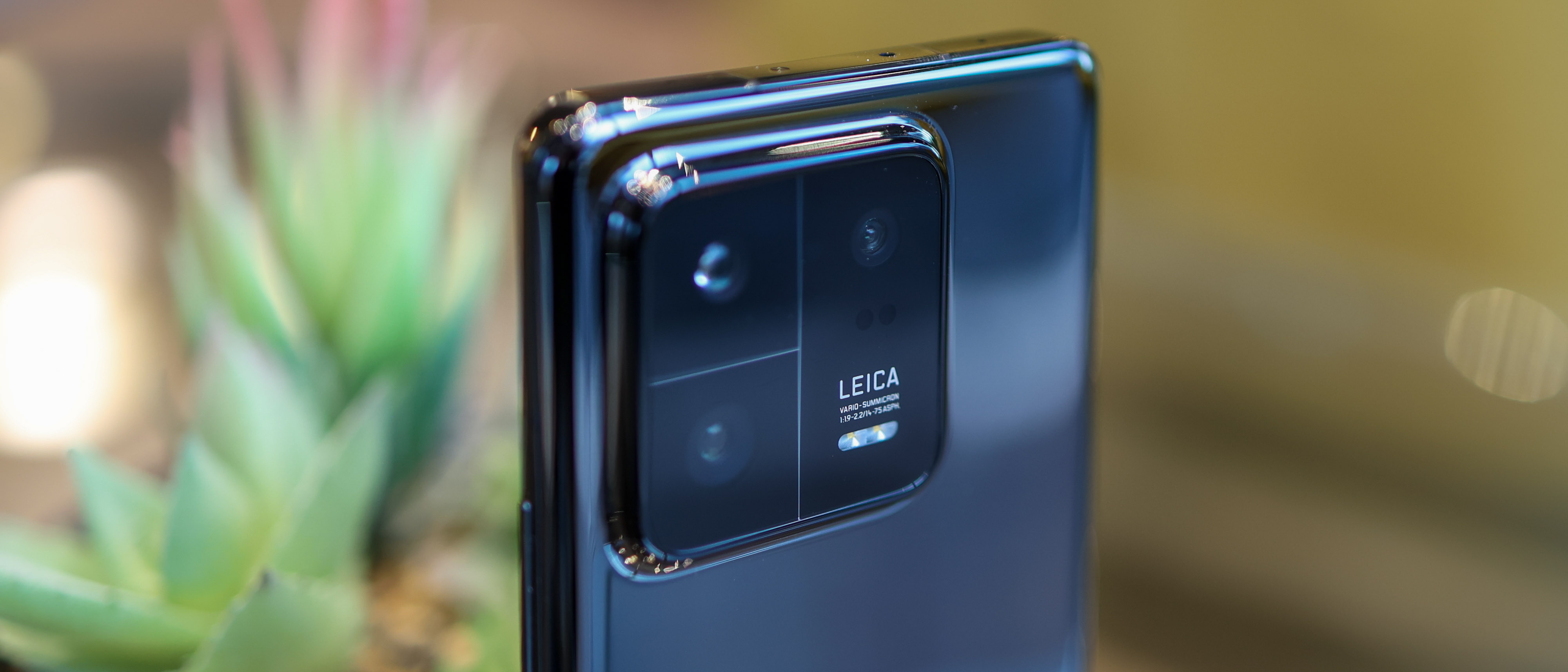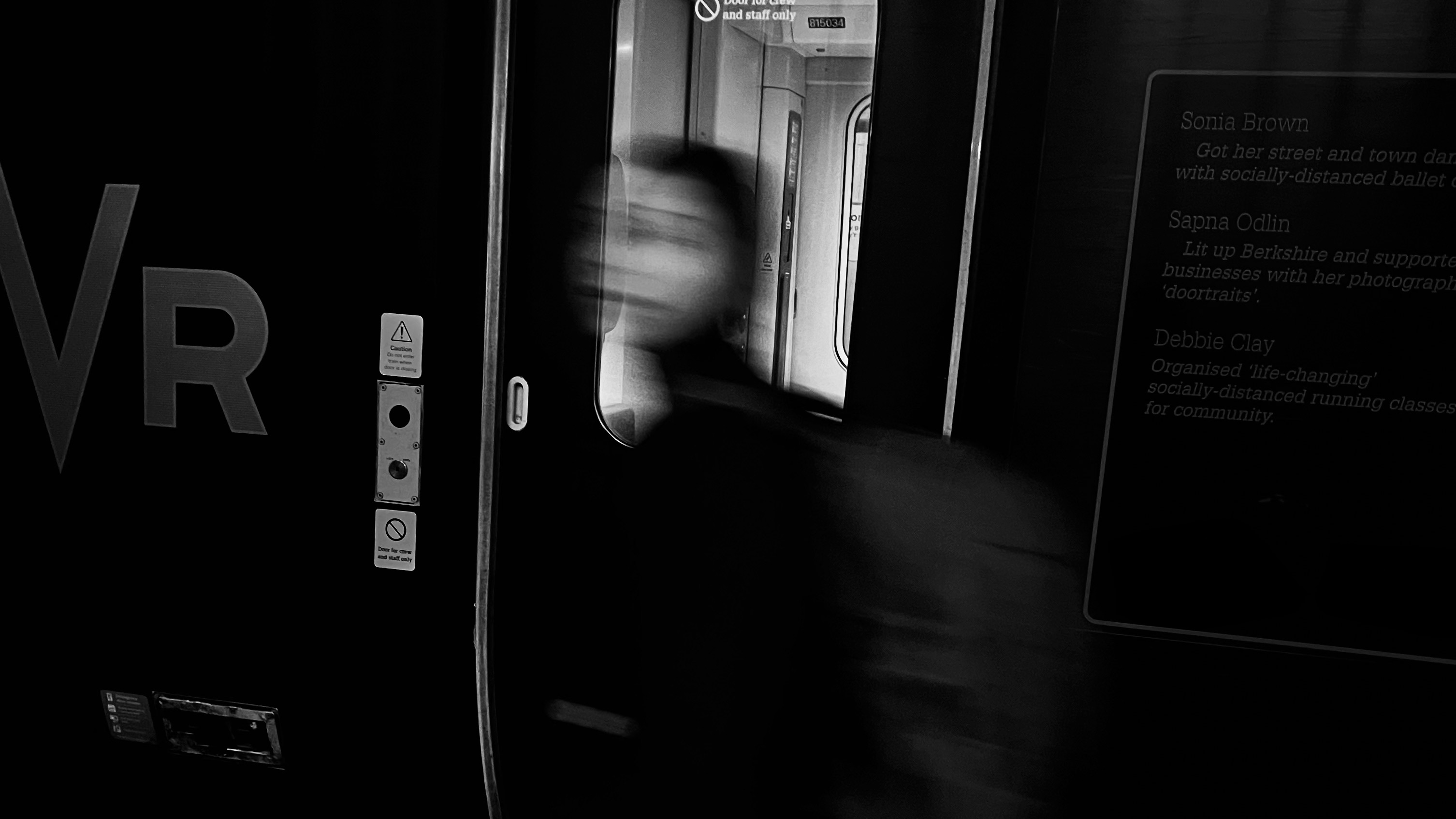Digital Camera World Verdict
The Xiaomi 13 Pro is the first phone to bring Sony's 1-inch IMX989 camera sensor to global markets. As such, it is the smartphone to beat if you want natural-looking shallow depth-of-field photos and videos. While its zoom isn't best-in-class, and Xiaomi's interface, MIUI, is busy, its tele-macro function is a highlight and the phone doesn't drop the ball in any major area, combining stellar gaming performance with premium design, a brilliant screen, long-lasting battery life and fast charging.
Pros
- +
Excellent primary camera
- +
Nuanced camera tuning from Leica
- +
Mighty gaming performance
- +
Premium ceramic design
- +
Brilliant screen
Cons
- -
Finicky wireless charging
- -
Polished finish loves fingerprint
- -
Limited optical zoom reach
- -
High price at launch
Why you can trust Digital Camera World
In the year running up to its 2023 flagship line, the 13-series, Xiaomi's been making waves globally with its camera news, especially since it announced its partnership with Leica, and the co-development of the 1-inch IMX989 sensor with Sony. Yes – Xiaomi stumped up a hefty chunk of change for the sensor's development, and so it could get exclusive access to the tech for its 12s Ultra – the first phone to launch with the RX100-sized sensor.
• Read our guide to the best Android phone for photography
• See our comparison Samsung Galaxy S23 Ultra vs iPhone 14 Pro vs Google Pixel 7 Pro
While the Ultra was a China-only release, now, Xiaomi's ready for the IMX989 world tour, with the new Xiaomi 13 Pro bringing both the big sensor and Leica camera software to MWC 2023.
Launching alongside the smaller Xiaomi 13, the 13 Pro costs £1,099 (approximately $1,320), and is set to launch across Europe and the UK, as well as other global markets – though, once again, no US availability has been confirmed yet.
The 13 Pro looks like a winning phone when you look at its specs. It's got a premium design with a ceramic finish, that mega-camera-sensor at the helm, cutting-edge Qualcomm Snapdragon 8 Gen 2 power, and a big battery with fast wired and wireless charging.
Where the 13 Pro's specs appear to miss the mark are flourishes and camera zoom. What do we mean by flourishes? It doesn't pack an S Pen like the Samsung Galaxy S23 Ultra, for example. It also misses out on the zoom of competitors like the Honor Magic 5 Pro, and Google Pixel 7 Pro.
With cheaper competition from Google packing more zoom, and such a strong showing from recent affordable flagship phones like the OnePlus 11, is the Xiaomi 13 Pro's huge camera sensor enough to woo photographers on the hunt for a new phone, and is it worth that sky-high price?
• Order from Xiaomi UK from £1,099
Xiaomi 13 Pro: Design
Elegant and weighty, at 229g, the Xiaomi 13 Pro isn't much lighter than the beefiest smartphone on the block, the 240g iPhone 14 Pro Max. Unlike Apple's superphone, though, the 13 Pro is curvaceous with its tapered sides and edge-free ceramic back. The weight also adds a sense of premium to the whole phone, emphasized by the stark, metal frame.
While it's available in certain regions in a black ceramic or white ceramic, only the black one can be picked up from Xiaomi's site in the UK at the time of writing this review. As premium as it looks and feels, the mirror finish clings onto fingerprints, so if you want a phone that looks box-fresh, put it in the included soft plastic case.
There's also a pre-fitted screen protector as well, the phone's tested to IP68 standards, so can handle a dunk or barrage of dust, and the screen is made of Gorilla Glass Victus, so should be relatively scratch-resistant, even if the screen protector is removed.
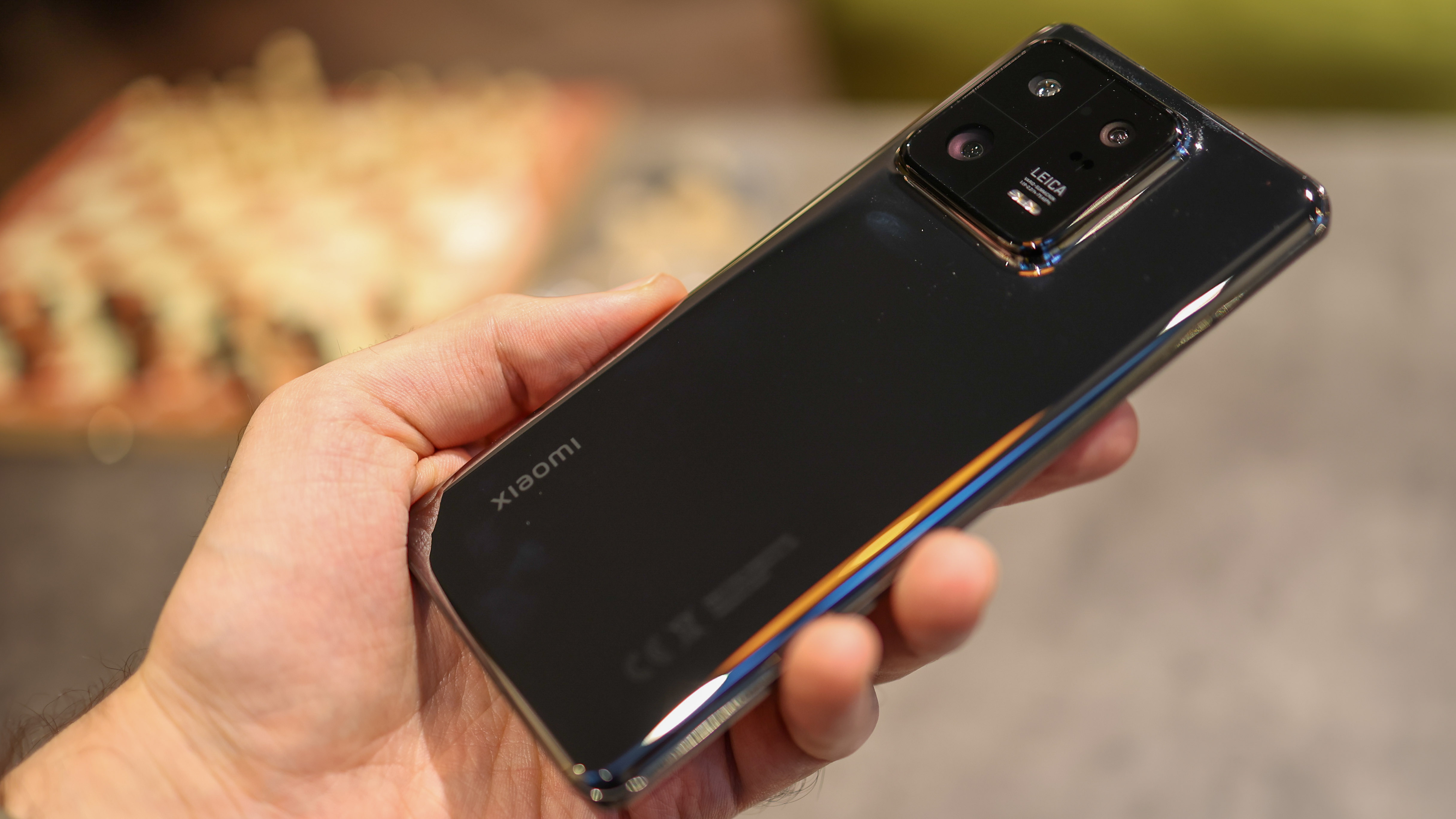
All the phone's buttons are on the right side, along the tapered, polished metal frame. At the base is a USB-C port and loudspeaker, as well as the SIM tray, and at the top is a 3.5mm headphone jack.
There's a mighty camera bump around the back of the 13 Pro. It's a big squircle, so seems a bit iPhone-like, but rather than jut out, the ceramic back smoothly curves to create the raised triple camera system. Inside the camera squircle is a Leica insignia, as well as the wide, ultra-wide, and telephoto camera modules, and an LED flash.
While there's nothing about the 13 Pro's design that makes us fall in love with it, if you want a premium-looking, feeling phone that's as hardy as a 2023 flagship should be, it doesn't disappoint.
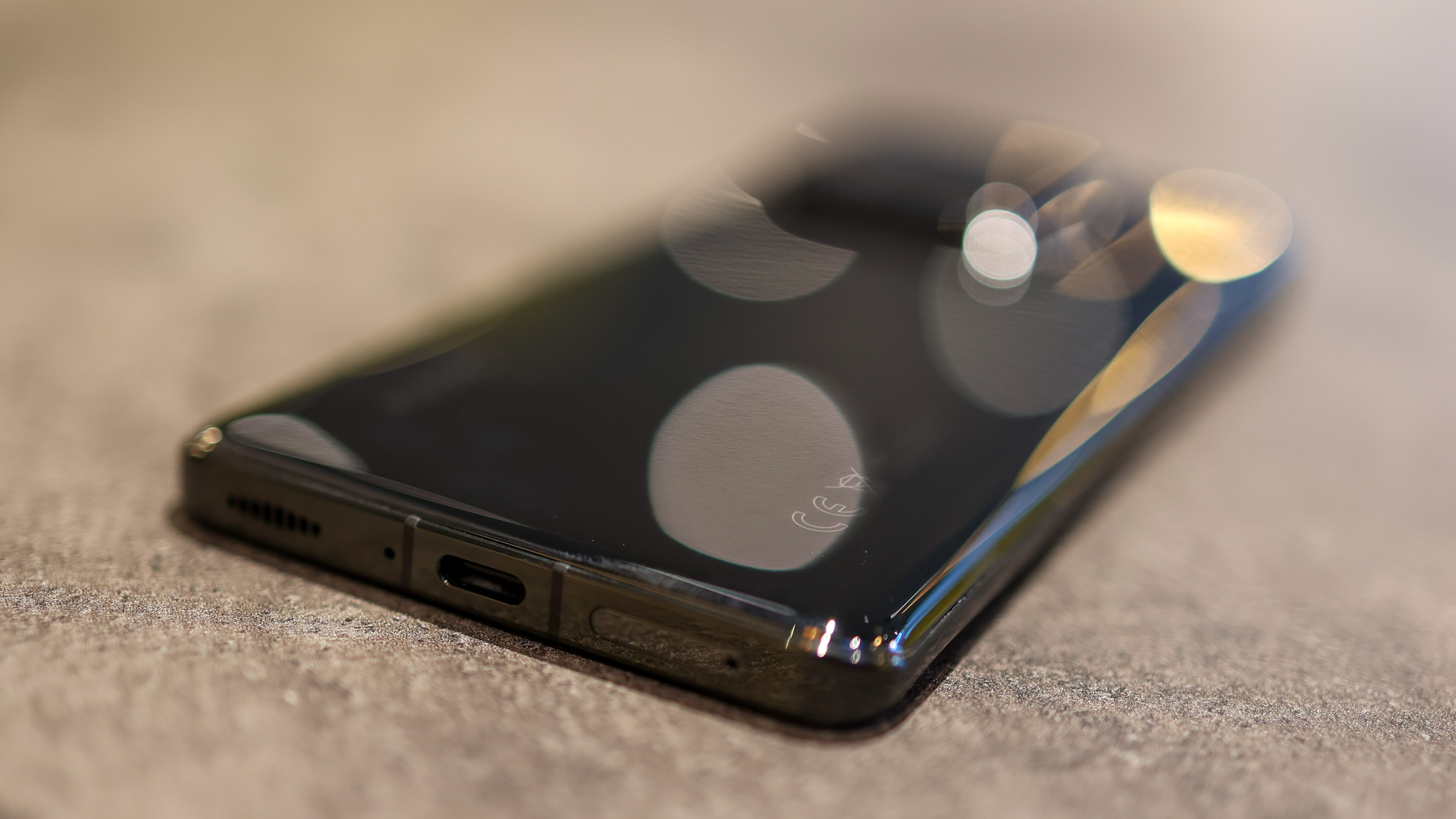
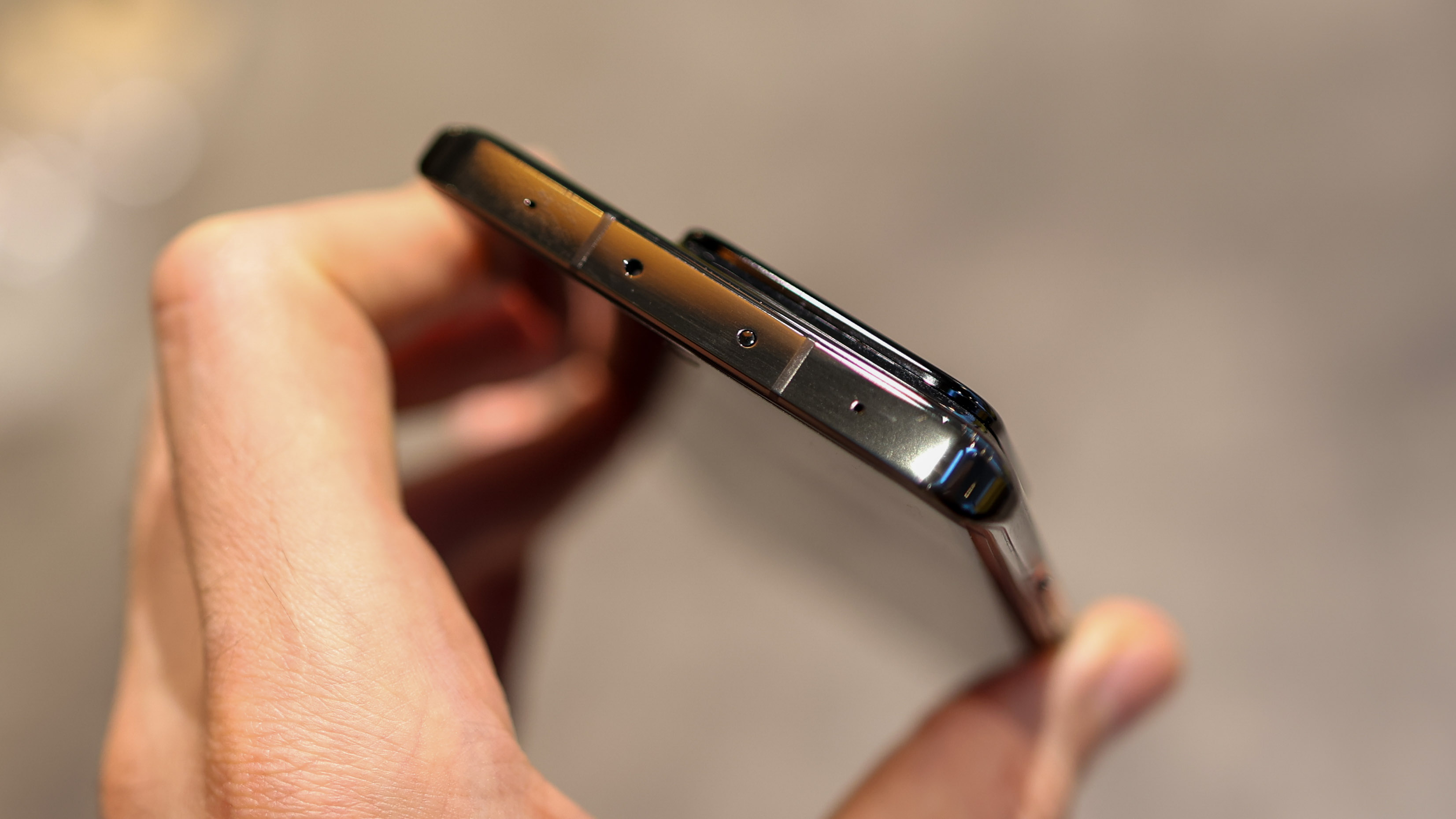
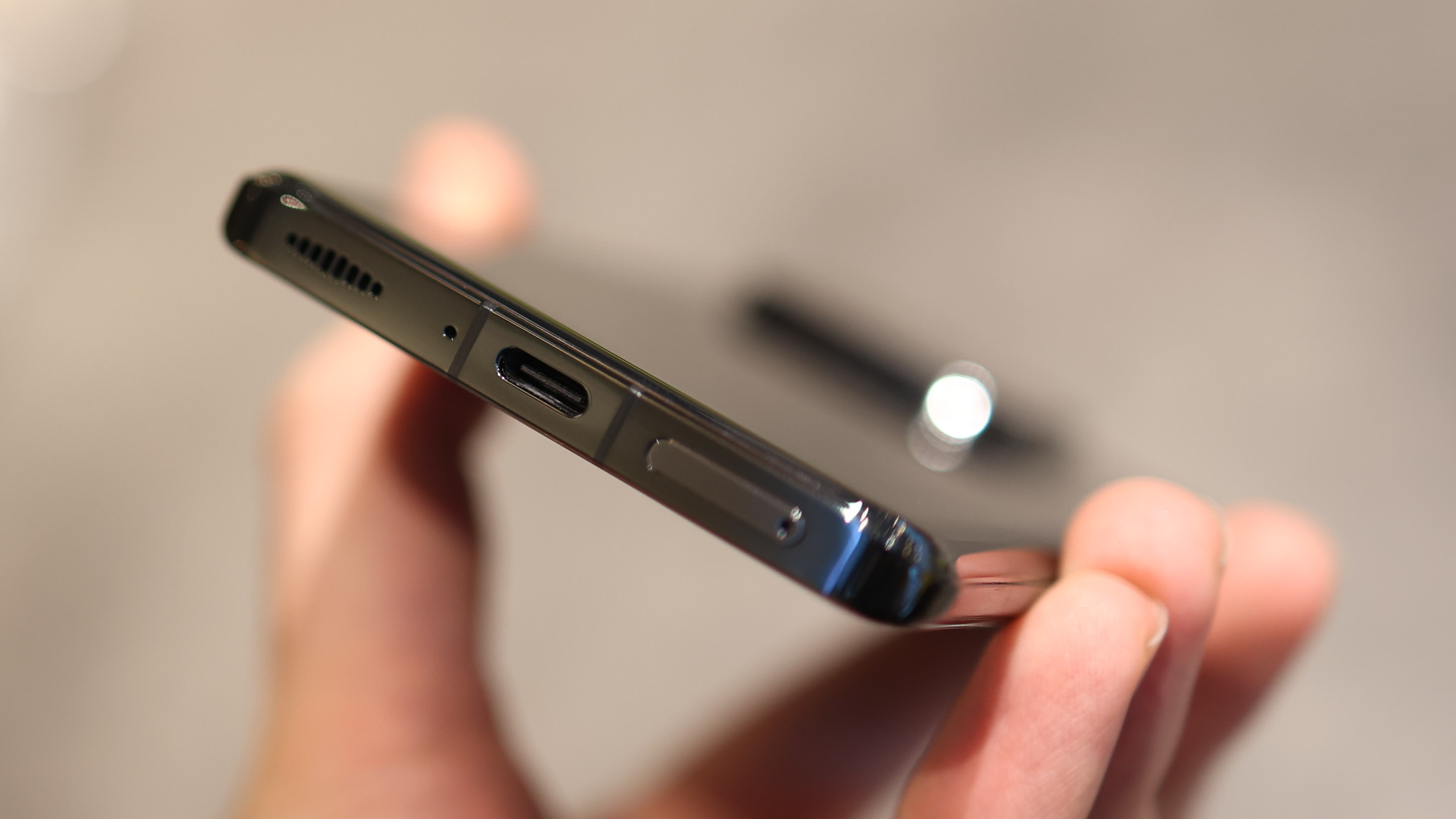
Xiaomi 13 Pro: Screen
A high point of the Xiaomi 13 Pro is its screen. The WQHD+, 3200 x 1440 resolution panel is sharp, and with its ample 6.73-inch size and tall 20:9 aspect ratio, the phone delivers immersive visuals, especially for movie watching and gaming.
Xiaomi uses a Samsung AMOLED panel, so that explains the vibrant, punchy colors on show, and the curved glass and slim bezel only adds to the package's appeal.
The LTPO display tech means a variable refresh rate is possible, so the phone can technically ramp up or down smoothness between 1-120Hz to save power. We only found the interface did this in Netflix and YouTube, though, taking visuals to 60Hz from 120Hz, so you'll only get battery gains from the tech if you hammer video playback. Still – it's nice to have in case of further optimization.
We were also very happy with screen viewability in our time with the phone. Advertised brightness can be hiked up to 1200 nits, and in high brightness mode – i.e. when the phone detects sunlight, this climbs to 1900 nits.
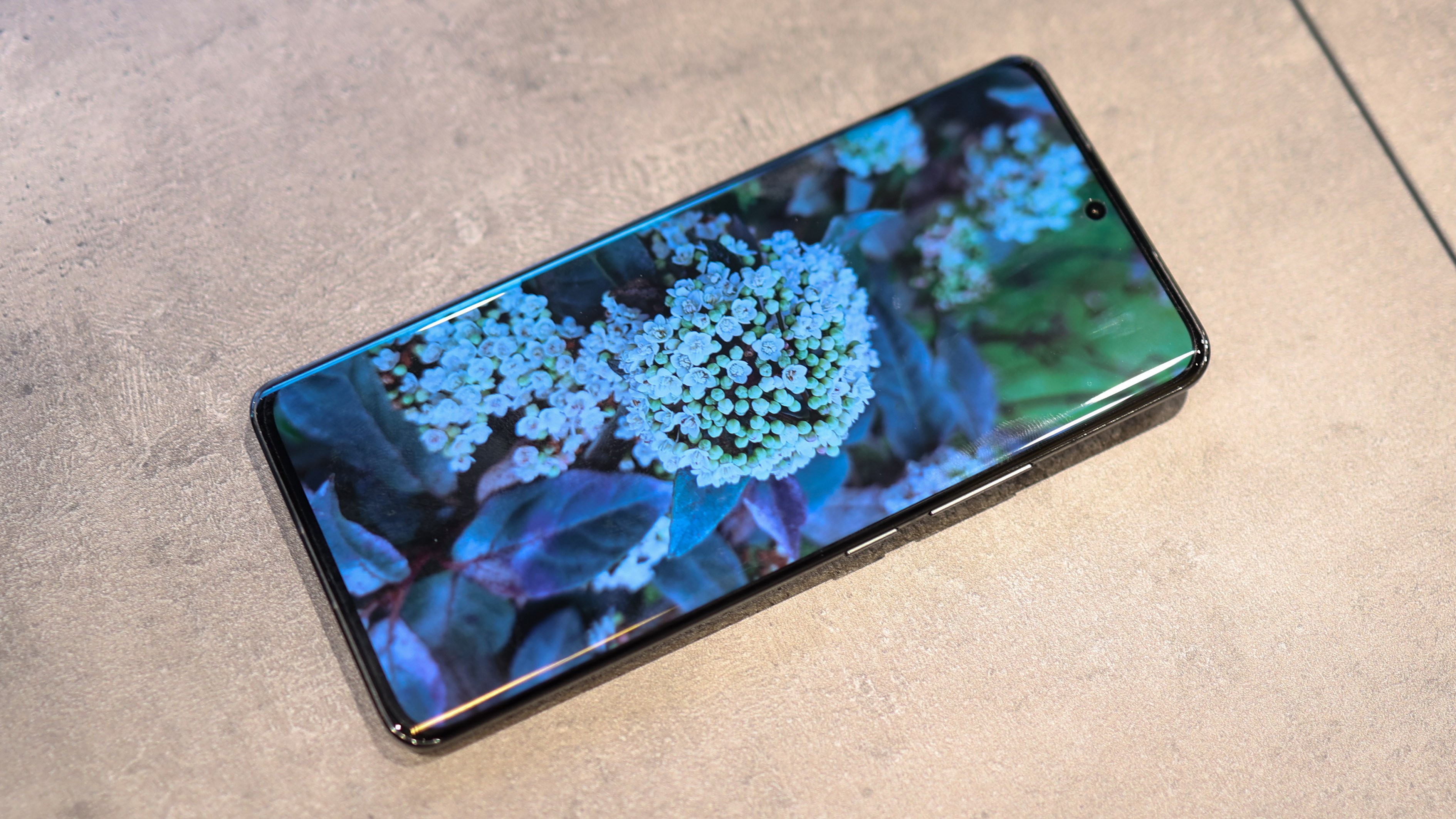
Xiaomi 13 Pro: Camera specs
Xiaomi's 13 Pro combines a few different Leica elements. From a hardware point of view, there's a Leica Vario-Summicron lens, and from a software point of view, there are two different modes – Leica Authentic and Leica Vibrant.
Of course, the headline hardware isn't from Leica, it's from Sony, and it's that 50MP 1-inch IMX989 sensor, featuring native 1.6-micron pixels, which combine with four-in-one pixel binning to create a 3.2-micron 'Super Pixel', as Xiaomi calls it. That's matched with a 23mm, f/1.9 aperture lens packing OIS for a powerful primary camera setup.
With a 75mm telephoto camera, the Xiaomi 13 Pro isn't the weakest zoomer on the scene. Its 50MP resolution has a Samsung sensor at the heart, and it's matched with an f/2.0 lens and OIS. What made us fall in love with this telephoto camera, however, is that it's actually a tele-macro camera – an evolution of the 5MP module on the Redmi Note 10 Pro and Xiaomi Mi 11. With a nearest focus distance of 4cm, therefore, you can take dynamic macro shots across all three cameras. This makes the Xiaomi 13 Pro one of, if not the most versatile macro camera phone around.
Finally for the back, and there's the ultra-wide 50MP Samsung sensor with a 14mm focal length, an f/2.2 aperture, and 5cm macro focus.
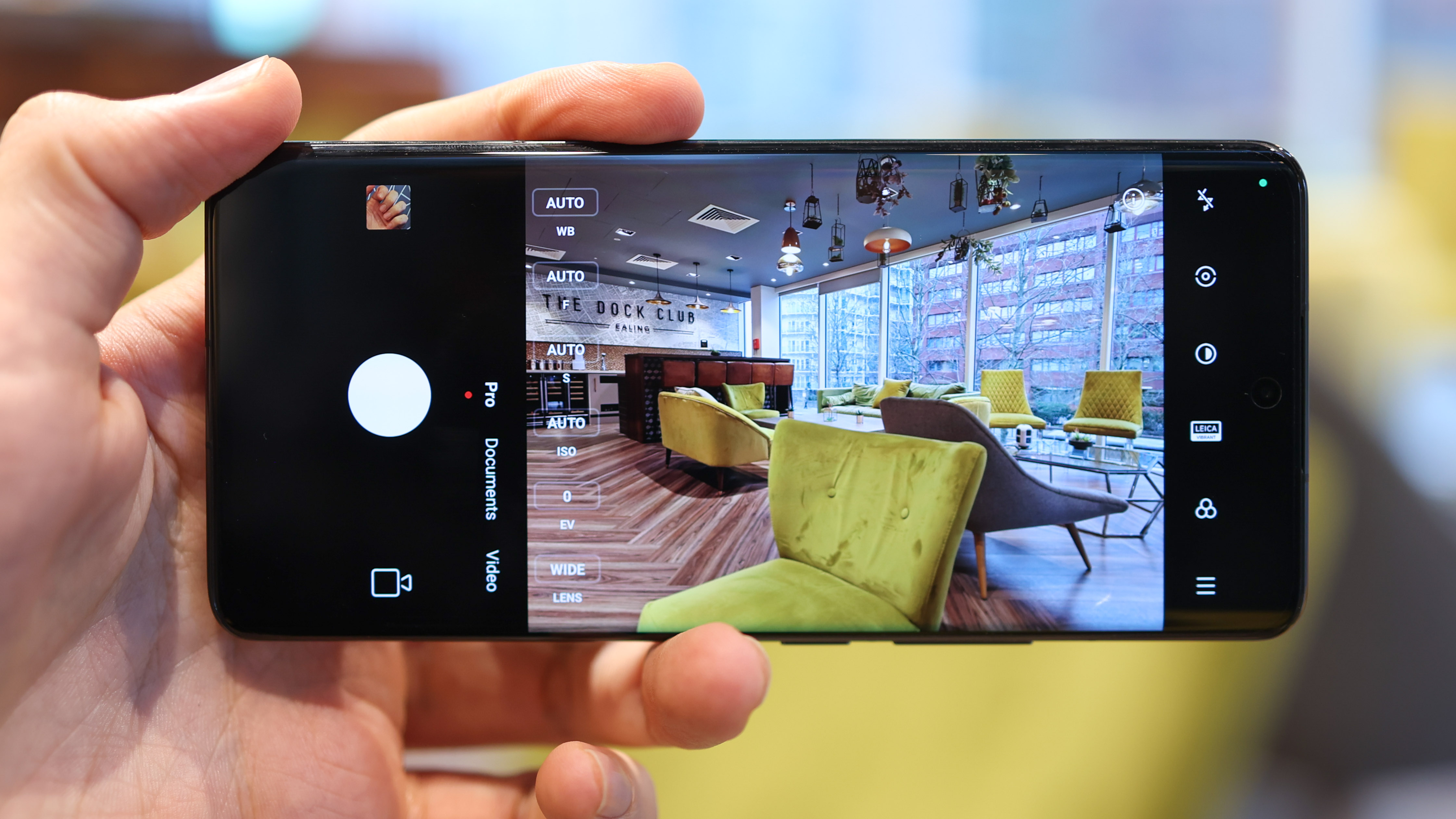
When it comes to the looks, we already mentioned Leica Authentic and Leica Vibrant, but there's also a Leica Master-lens system, which consists of four preset shooting modes: 35mm Black and white lens; 50mm Swirly bokeh lens; 75mm Portrait lens; 90mm Soft focus lens.
Shooting modes include Pro, Documents, Video, Photo, Portrait, Night, 50MP, Short video, Panorama, VLOG, Slow motion, Time-lapse, Movie effect, Long exposure, Supermoon, Dual video, and Clone.
Pro mode is where you can shoot RAW photos, and these are captured at different resolutions depending on the camera you're using. The ultra-wide and primary cameras capture roughly 12MP RAW photos, while the telephoto camera's RAW photos are around 10MP. There's no scope for full-resolution, 50MP RAW capture.
Flip the phone around, and selfies are captured on a 32MP OmniVision camera sensor matched with an f/2.0 lens. While the rear camera can shoot at up to 8K resolution, the front camera caps out at Full HD.
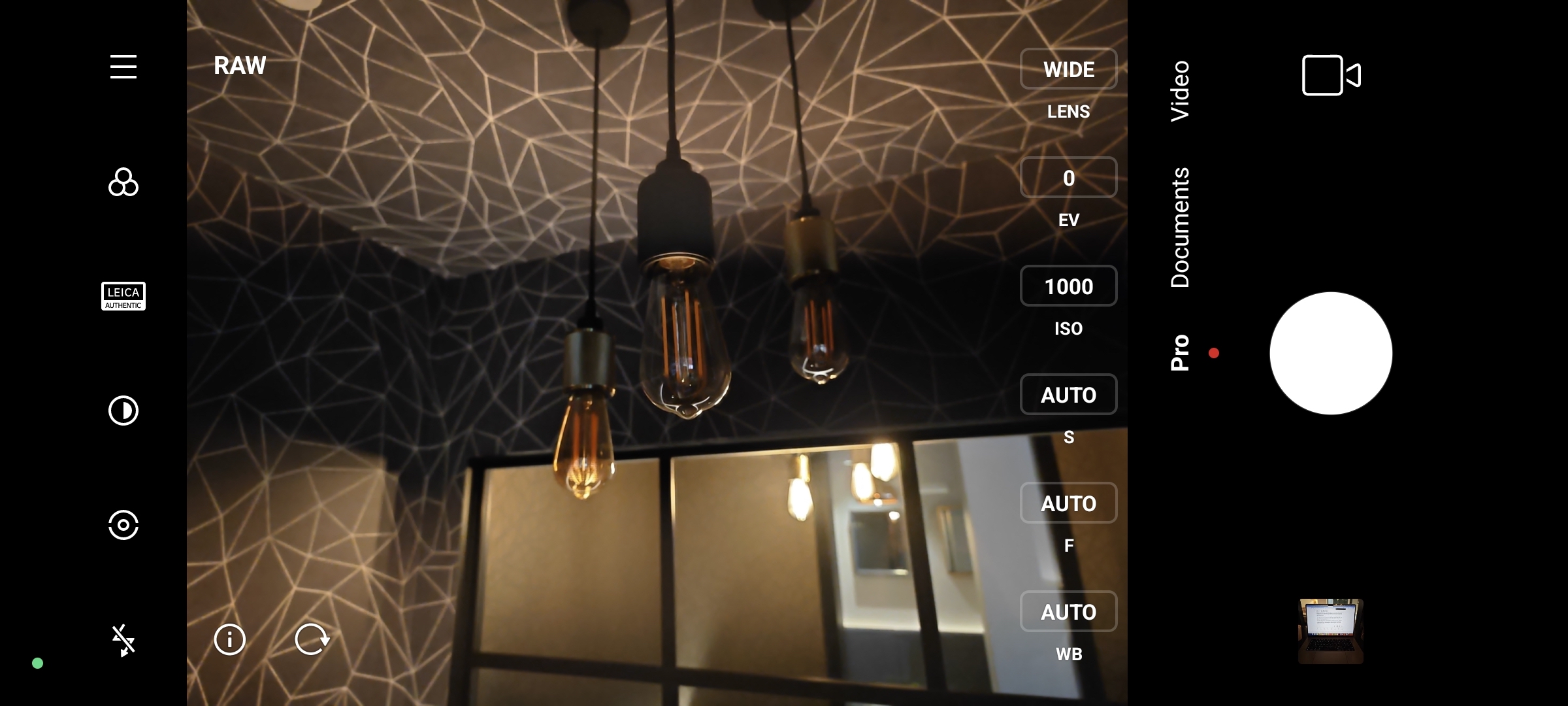
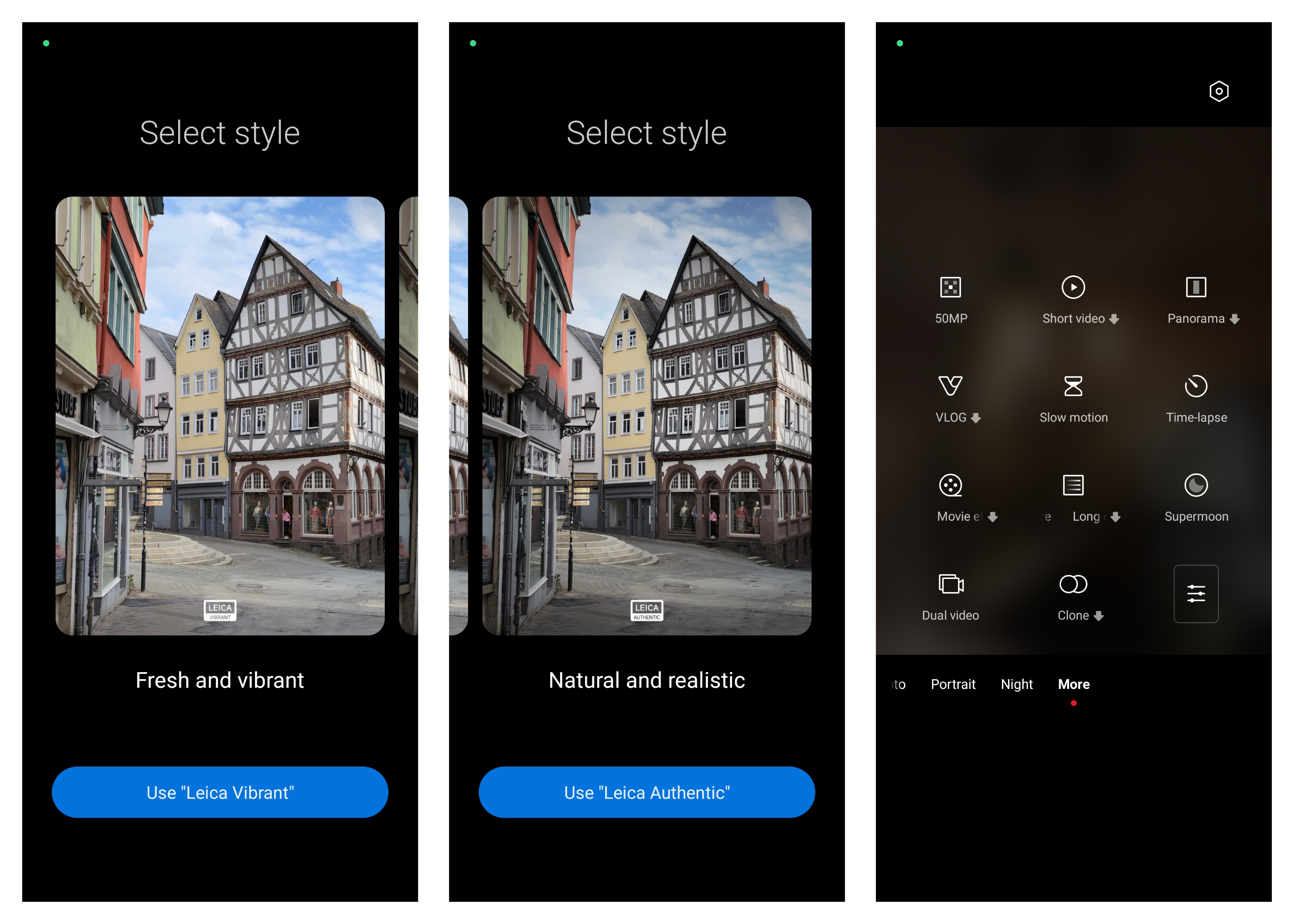
Xiaomi 13 Pro: Camera review
Thanks to its large main camera sensor, the Xiaomi 13 Pro is instantly a novel camera phone that's poised for portraits. Photos of people look rich in detail, and the phone delivers better foreground/background separation than anything else widely available.
We also really like the Leica-fication of Xiaomi's flagship cameras. The Leica Authentic look is very subdued – too much so for our tastes, but it does feel like a tonic to the hyper-zingy snaps captured on many phones these days. That said, the Leica Vibrant isn't overkill, so we tended to shoot in that mode.



Detail from the main camera is strong when the light is right. In dimly-lit scenes though, it drops, with moving subjects will create a bit more blur than we expected – so a steady hand is necessary. The auto mode doesn't ramp up the ISO (and shorten the shutter speed) as readily as some other camera phones.
While the main camera is definitely the best when it comes to dynamic range and performance across conditions, we're happy to see all three of the Xiaomi 13 Pro's cameras perform at least respectably, capturing plenty of detail even without upping the resolution to 50MP.
The ultra-wide camera is the least nuanced of the bunch – great for expansive snaps, and its macro feature is handy, but it isn't going to win any awards.




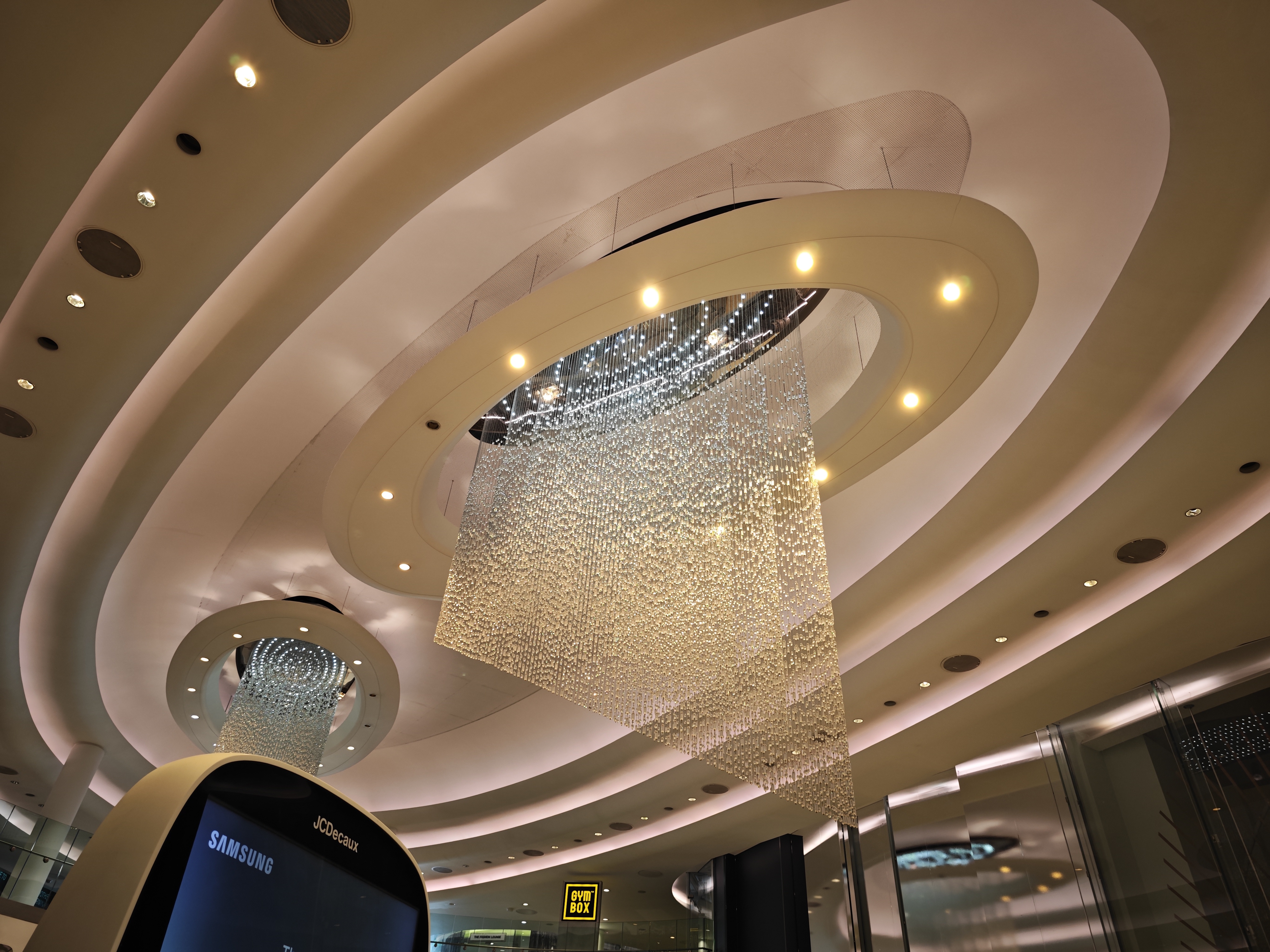

The versatility of the telephoto camera, however, really does give it an edge over competing camera phones. While on paper, the zoom range seems similar to that of the iPhone 14 Pro, the macro focus feature makes it a superb option for nearby photography.
You can see a photo below captured using the telephoto camera. While using the ultra-wide would have created an ugly shadow, and using the main camera shot with too shallow a depth of field, the Xiaomi 13 Pro's telephoto camera captured a unique, preferable photo with a superior balance of detail and depth.
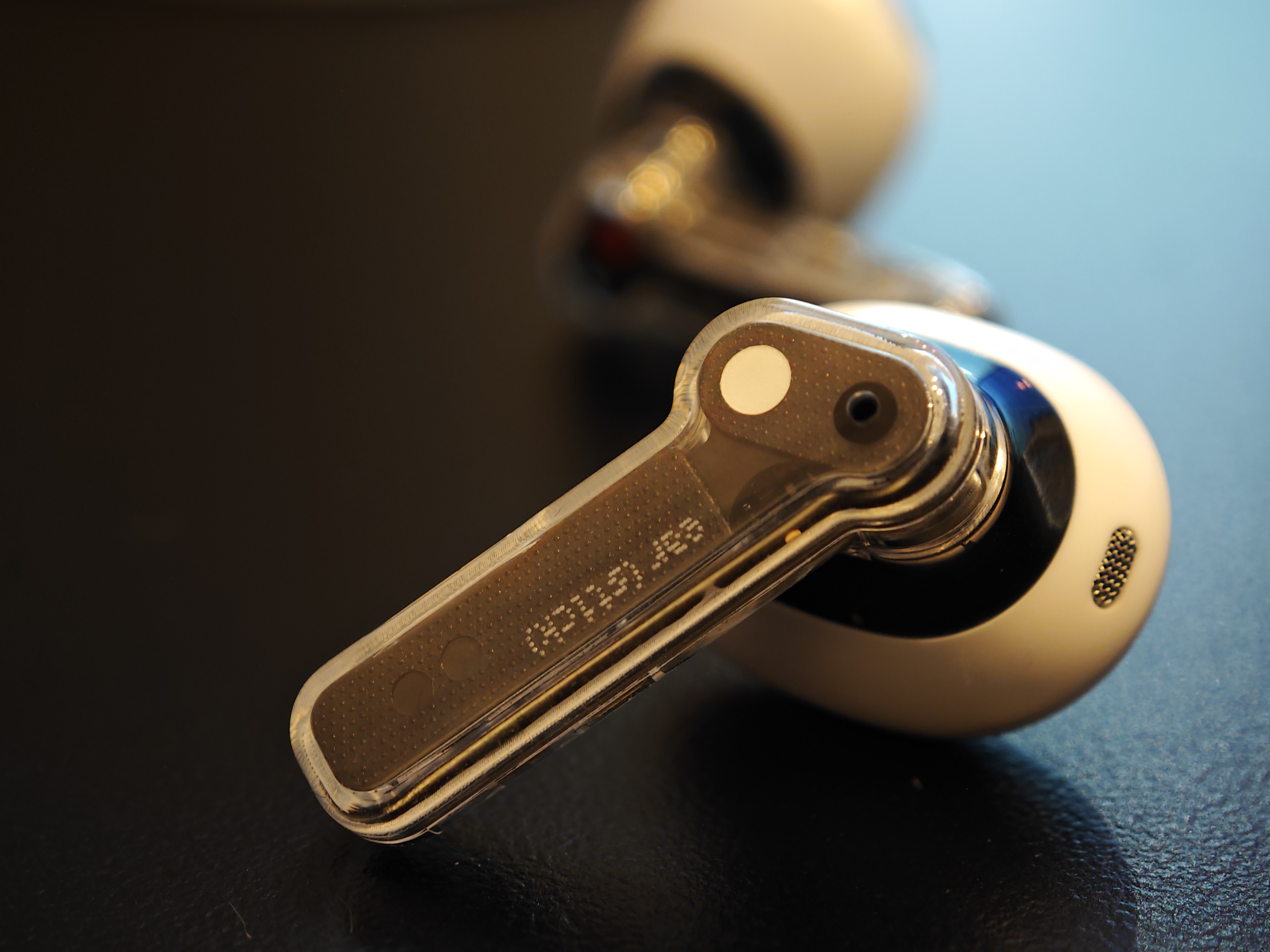
The Xiaomi 13 Pro's nighttime photography doesn't quite transform night-to-day like Samsung's photo processing. Handheld, lowlight photos aren't tack-sharp either, as you can see below. If you really like the HDR-style night photography look of phones like the Google Pixel 7 Pro and Samsung Galaxy S23 Ultra, therefore, Xiaomi's slightly more traditional, pared-back take on computational photography might not do it for you.

The Xiaomi 13 Pro's selfie camera does a good job of balancing a flattering beauty filter with realistic results, unlike older Vivo phones we've reviewed – namely the X80 Pro.
As far as videos go, nippy autofocus and impressive noise handling combine across all three cameras to make the Xiaomi 13 Pro a bit of a Full HD and 4K champ. 8K video is only captured on the primary camera, but even that is held together well, making a strong case for big sensors when it comes to raw video quality.
Xiaomi 13 Pro: Additional features
We have to hand it to Qualcomm for its latest chipset, the Snapdragon 8 Gen 2. While last year's 8 Gen 1 got hot in just about every phone that launched with it after 15 minutes of gaming at maxed-out settings, its successor (not counting the much improved 8+ Gen 1) is one cool cat.
We played Genshin Impact on the 13 Pro for 30 minutes on maxed-out graphics settings over 5G and it got warm, but never uncomfortably hot which is excellent going. The power behind the phone also ensures that the whole interface operates like a well-oiled machine, and that's despite Xiaomi's heavy skin, MIUI 14 that sits on top of Android.
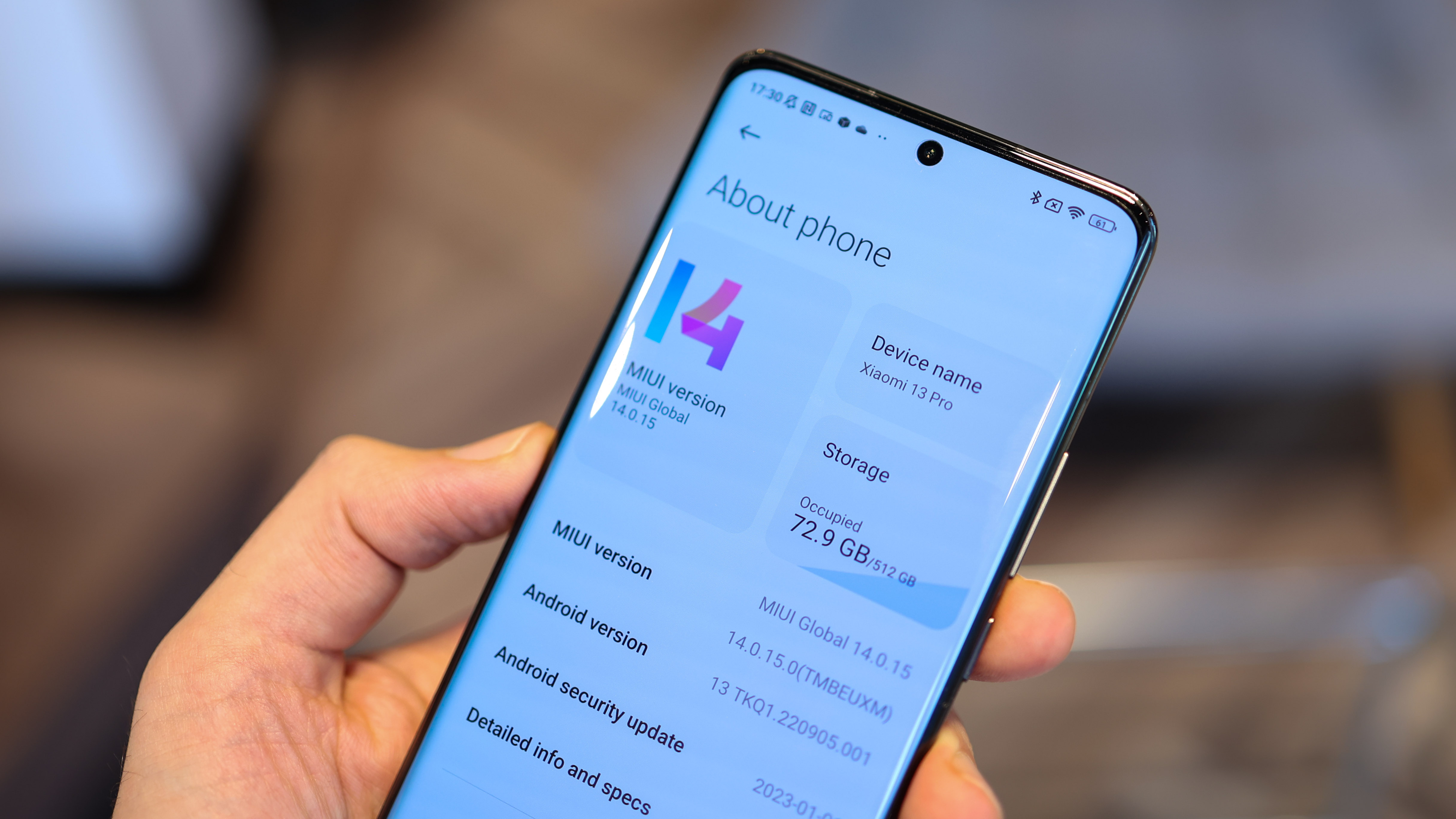
While MIUI isn't any heavier than Samsung's OneUI, Xiaomi's interface doesn't add as much utility – there's no desktop interface when you hook the phone up to a big screen, and because there's no pen, unlike the S22 Ultra and S23 Ultra, a comprehensive notetaking suite isn't baked in.
Scratch the surface, though, and what Xiaomi does is make the whole experience feel a bit more iOS-like than competing Android phones. This should help someone transitioning from an iPhone feel a bit less like a fish out of water.
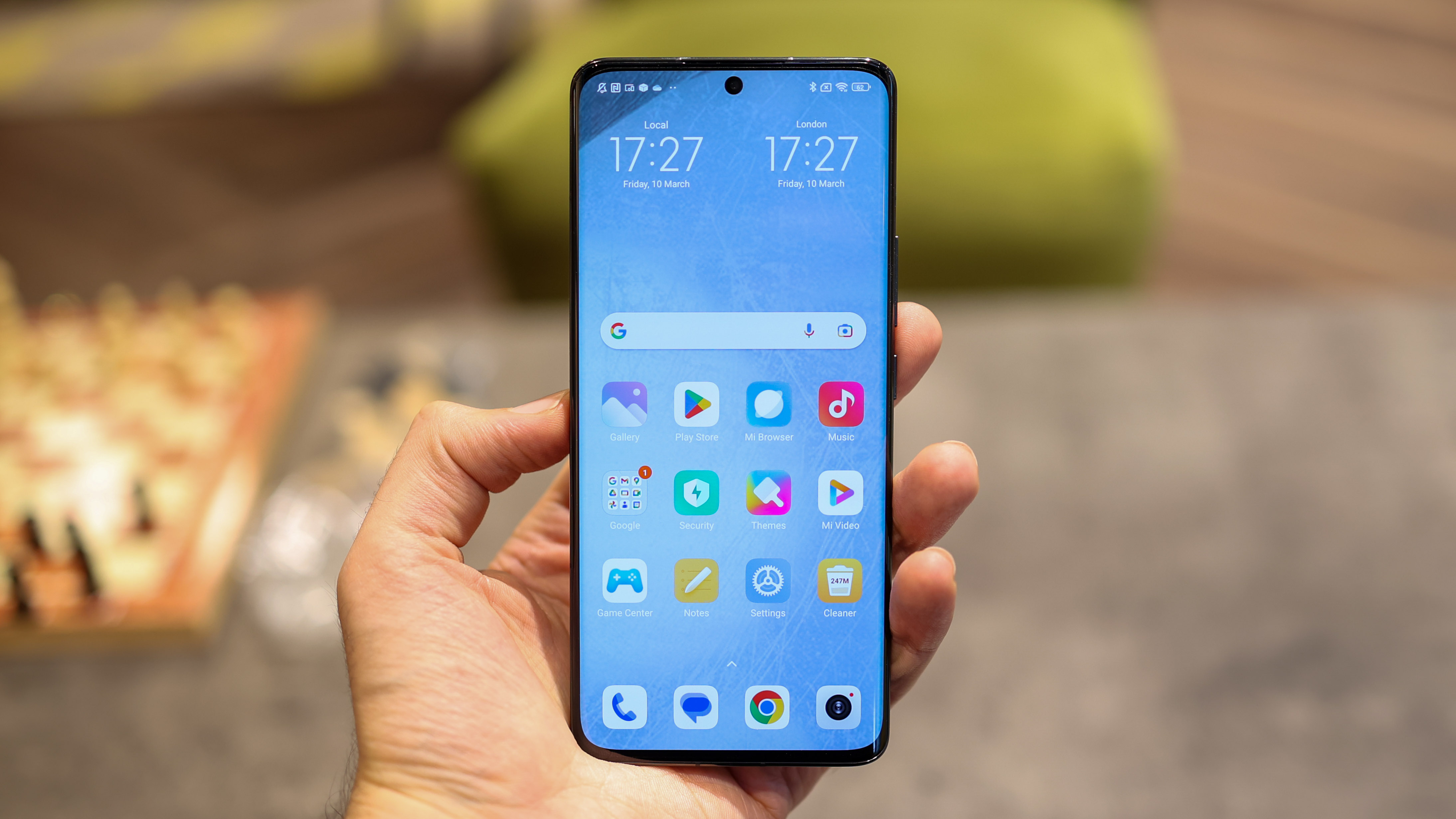
While Xiaomi's official site only lists a 256GB storage option in the UK, some markets will get a 512GB version, and that's the 13 Pro we tested. Whichever you go for, there's no microSD card support, though there is an ample 12GB RAM.
Xiaomi's 4820mAh battery is a little smaller than the roughly 5000mAh found in competing phones like the Honor Magic 5 Pro and Samsung Galaxy S23 Ultra, but the modest difference isn't enough to stop it from lasting a comfortable day even with some gaming, watching and music listening.
In the box, the phone ships with a 120W wired charger, so you can power up in around 20 minutes which is excellent. There's also 50W wireless charging support too, though we found our 13 Pro unit to be a bit fussy about wireless charger positioning.
Xiaomi 13 Pro: Verdict
When we first saw the Xiaomi 13 Pro, we were underwhelmed. It has hardly any zoom compared to periscope cameras, and the main standout camera feature – that 1-inch sensor, is something we saw a good while ago on another Xiaomi phone, the 12s Ultra. After a couple of weeks with it, though, we've come to appreciate the ways Xiaomi's latest flagship gets so much right.
For starters, the phone's ceramic design and mirror finish look very premium, even if it is a little flagship-by-numbers. The screen is also vibrant, bright, zingy, and optimized for Netflix HDR and Dolby Vision content.
Most importantly for us, the phone doesn't rely on its main camera to do all the heavy lifting. Yes, the 1-inch sensor-packing primary camera is exceptional for portrait photography, and its performance, especially when shooting in Pro mode is a serious flex. But it's the telephoto camera's macro capabilities that gave us a little something extra we didn't know we needed, and then there's the solid-performing ultra-wide.
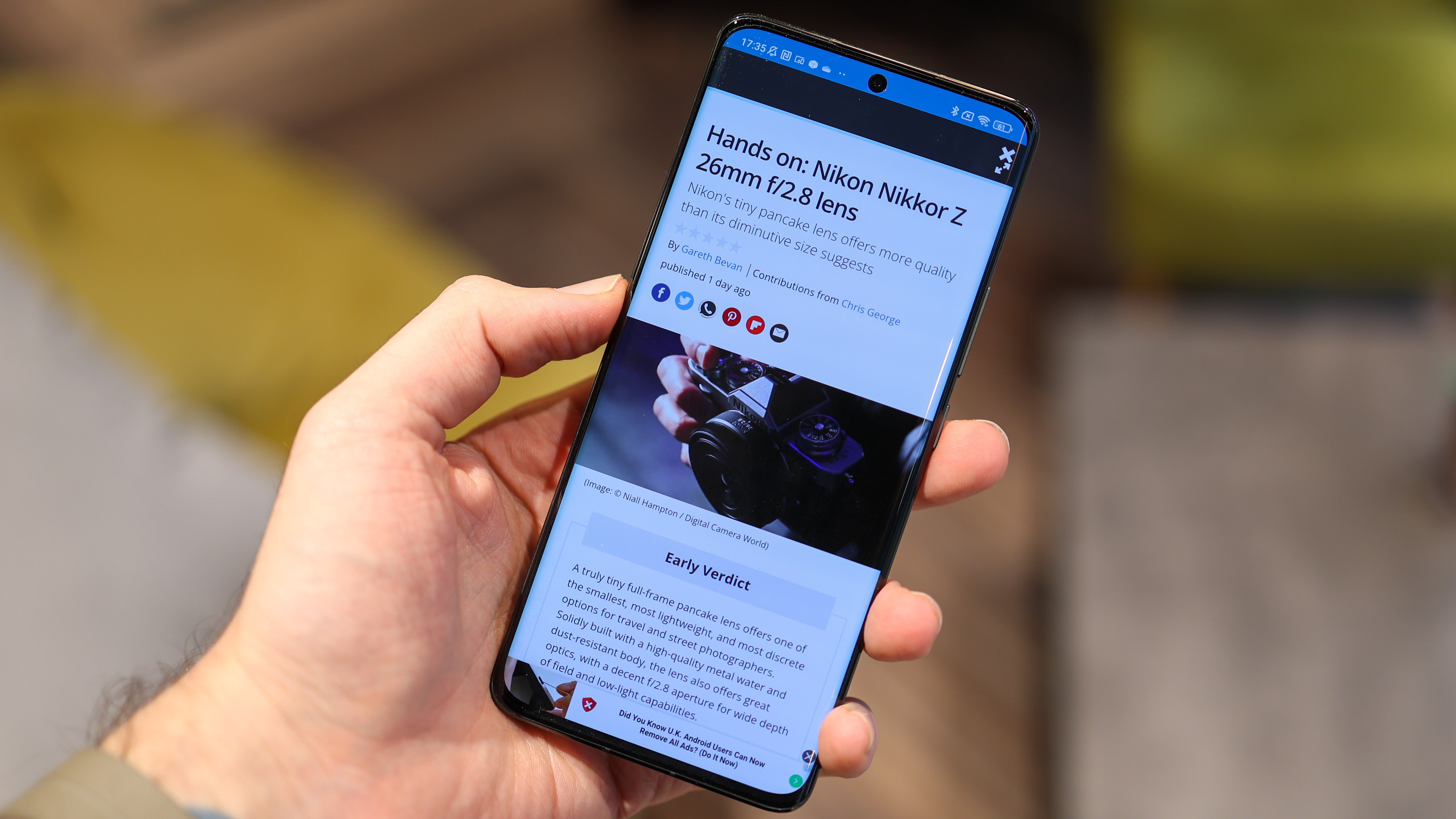
Round the whole imaging experience off with strong video capture, a respectable selfie camera, and back it up with excellent performance whether gaming or going about your day, and aside from a handful of niggles, the Xiaomi 13 Pro has left us with an excellent impression.
So if you want a big-sensor smartphone to capture great automatic photos, and stellar RAW and manual photos if you're prepared to dive into advanced modes, the Xiaomi 13 Pro could be for you. While Xiaomi's new flagship can't outperform the iPhone 14 Pro when it comes to finesse, or the Galaxy S23 Ultra when it comes to zoom range, it's still one of the best camera phones of 2023.
• Order from Xiaomi UK from £1,099
Read more:
• If Xiaomi's 13 Pro doesn't do it for you, check out the other best camera phones you can buy today, and check out the best Xiaomi phones
Basil Kronfli is a freelance technology journalist, consultant, and content creator. He trained in graphic design and started his career at Canon Europe before moving into journalism. Basil is also experienced in video production, independently running the YouTube channel TechEdit, and during his time at Future, he worked alongside the Digital Camera World team as a senior video producer.
